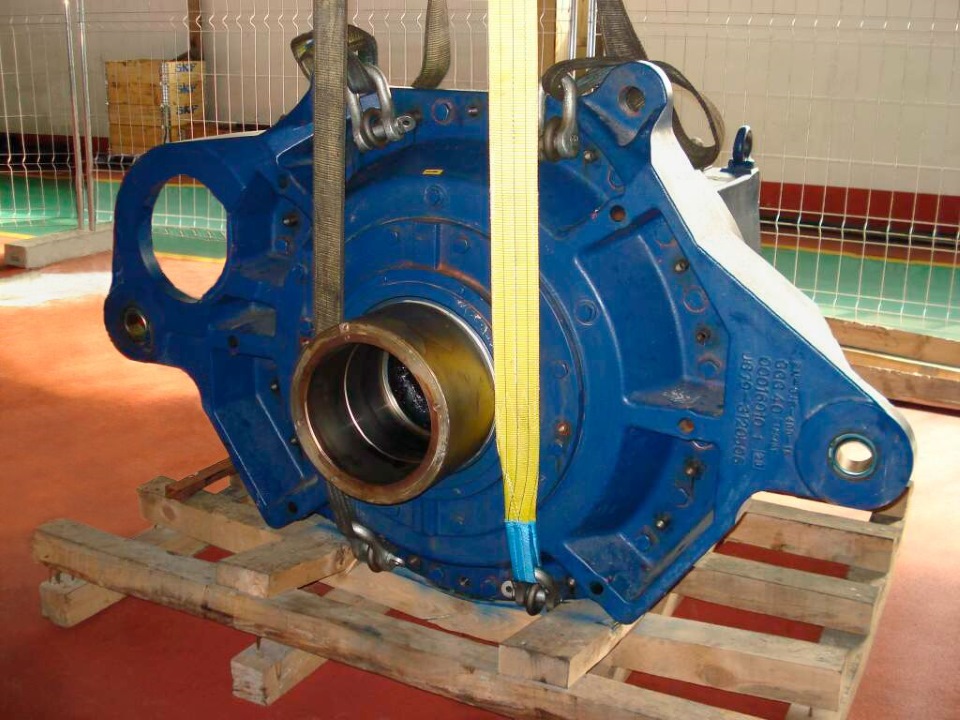White etching cracks (WECs) are characterised by subsurface crack networks surrounded by microstructural alterations known as white etching areas (WEAs). These WEAs are visible after etching with a Nital solution and appear white due to their ultra-fine, hardened structure and low etching response.
Despite extensive research, the exact mechanisms behind some WEC-related bearing failures remain unclear. What is known is that WECs differ from traditional tribological contact failure modes such as wear and rolling contact fatigue. Instead, they result from a combination of stresses and environmental effects that reduce material strength and trigger premature failure.

How WECs form
Premature spalling, often classified as a WEC-related failure, differs from normal rolling contact fatigue mainly in how quickly it progresses. Failure analyses typically reveal crack initiation at multiple sites rather than a single fatigue origin.
Several factors can contribute to crack initiation in bearing steel:
- Structural stresses from deformation or short-term overload
- Environmental conditions such as inadequate lubrication film, slip, stray current, or standstill corrosion
- Hydrogen generation, which may lead to embrittlement and accelerated crack propagation
In large bearings such as those used in wind turbines, these effects are significantly magnified. Greater stress volumes and inherent material features like inclusions or porosities increase the risk of crack formation and propagation, making premature failure more likely in these demanding applications.
Mitigation of WECs
Research and field experience have shown that applying black oxide coatings can reduce the risk of WEC-related failures. This coating improves raceway running-in, increases resistance to corrosion, smearing, and micropitting, and acts as a barrier to hydrogen ingress.
SKF has supplied black oxide bearings to the wind industry for over 15 years, targeting the most critical bearing positions. These treated bearings have contributed to a measurable reduction in premature failures across multiple wind applications.
SKF black oxide bearings are suitable for both new installations and replacements. The coating is applied through a controlled, 15-step immersion process in an alkaline aqueous salt solution at defined temperatures. This process can currently be used for bearings up to 2.2 metres in diameter and 1 000 kilograms per component, covering the full range of wind turbine gearbox bearing sizes.
Pushing performance further with SKF DuraPro
For an even more robust solution, SKF introduced SKF DuraPro in 2022. Designed for wind turbine gearboxes, it combines selected bearing-quality steel with a proprietary thermochemical heat treatment that enriches both surface and subsurface zones of the bearing components.
Depending on operating conditions, SKF DuraPro delivers a four- to fivefold increase in fatigue life for surface- and subsurface-initiated failures. It also provides higher hardness, a more resilient microstructure, and compressive residual stresses to strengthen the bearing against premature failure mechanisms such as WECs.
Reliable solutions for the future of wind
As wind turbines grow in size and power output, bearing reliability is more important than ever. With proven solutions like black oxide coatings and SKF DuraPro, SKF helps maximise turbine uptime and reduce the total cost of ownership. Backed by extensive field data, scalable manufacturing, and decades of bearing expertise, SKF remains a trusted partner in the fight against WECs in wind turbine gearboxes.



